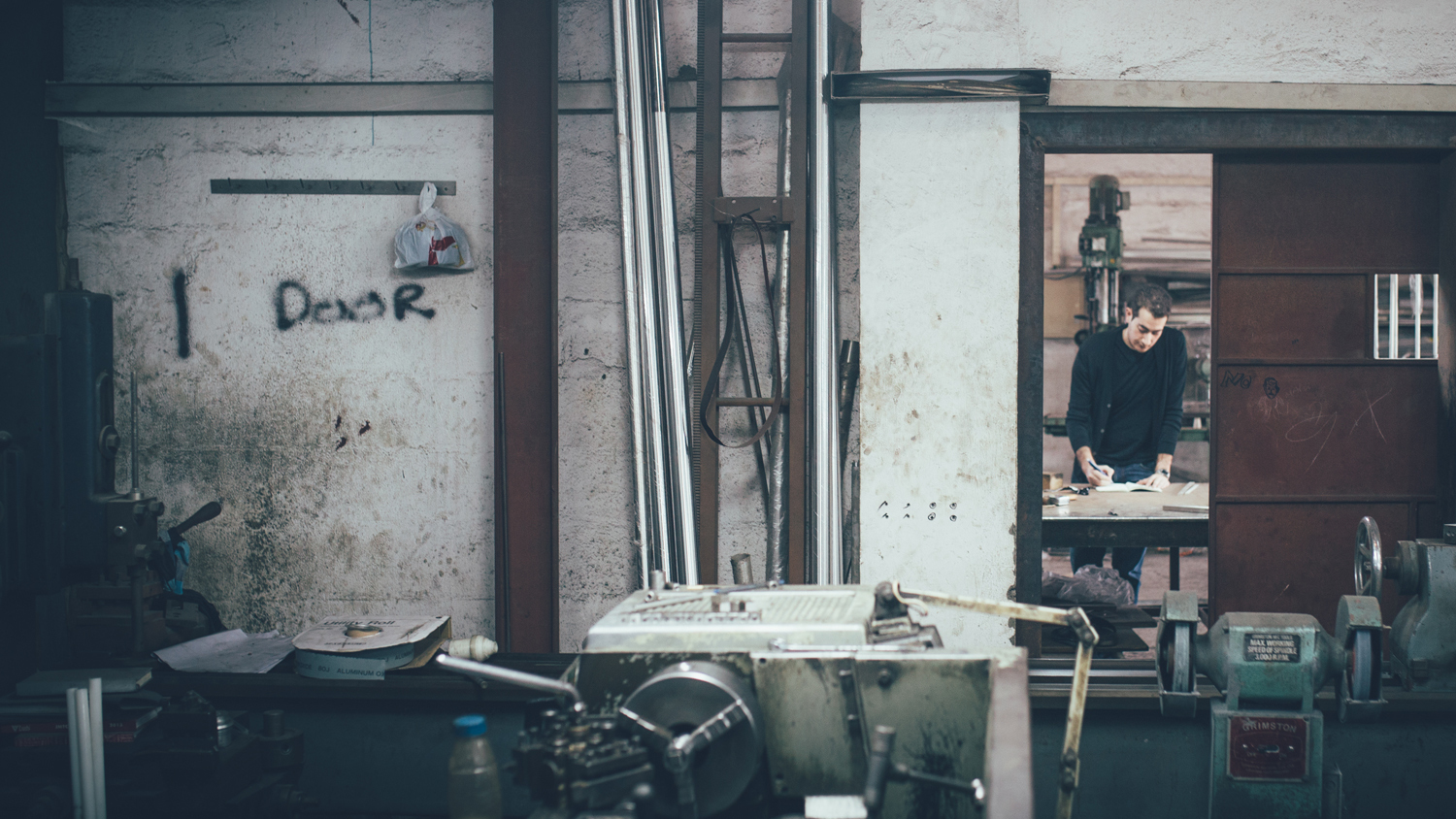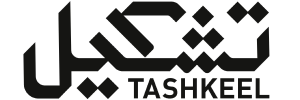Meet the Designer, Hamza Omari
13 March 2017
What was it about Tashkeel’s design programme, Tanween, that interested you?
Going into the Tanween programme, I was mostly excited about having freedom of direction. Following graduation and starting a professional career you quickly learn that the days of complete creative control are behind you. Applying for and experiencing the Tanween programme enlivened my design senses with the same vitality and excitement I had back in university.
It was priceless to have access to Tashkeel’s industry connections – they’ve been built over years and being introduced to them was a privilege. The programme provides designers with the opportunity to tap into the expertise and experience of the brilliant and accomplished professionals that Tashkeel has arranged to mentor us.
Looking at the calibre of applicants from previous years, I was also looking forward to crossing paths with like-minded and driven designers that want to make a significant impact in both the local and international design arena.
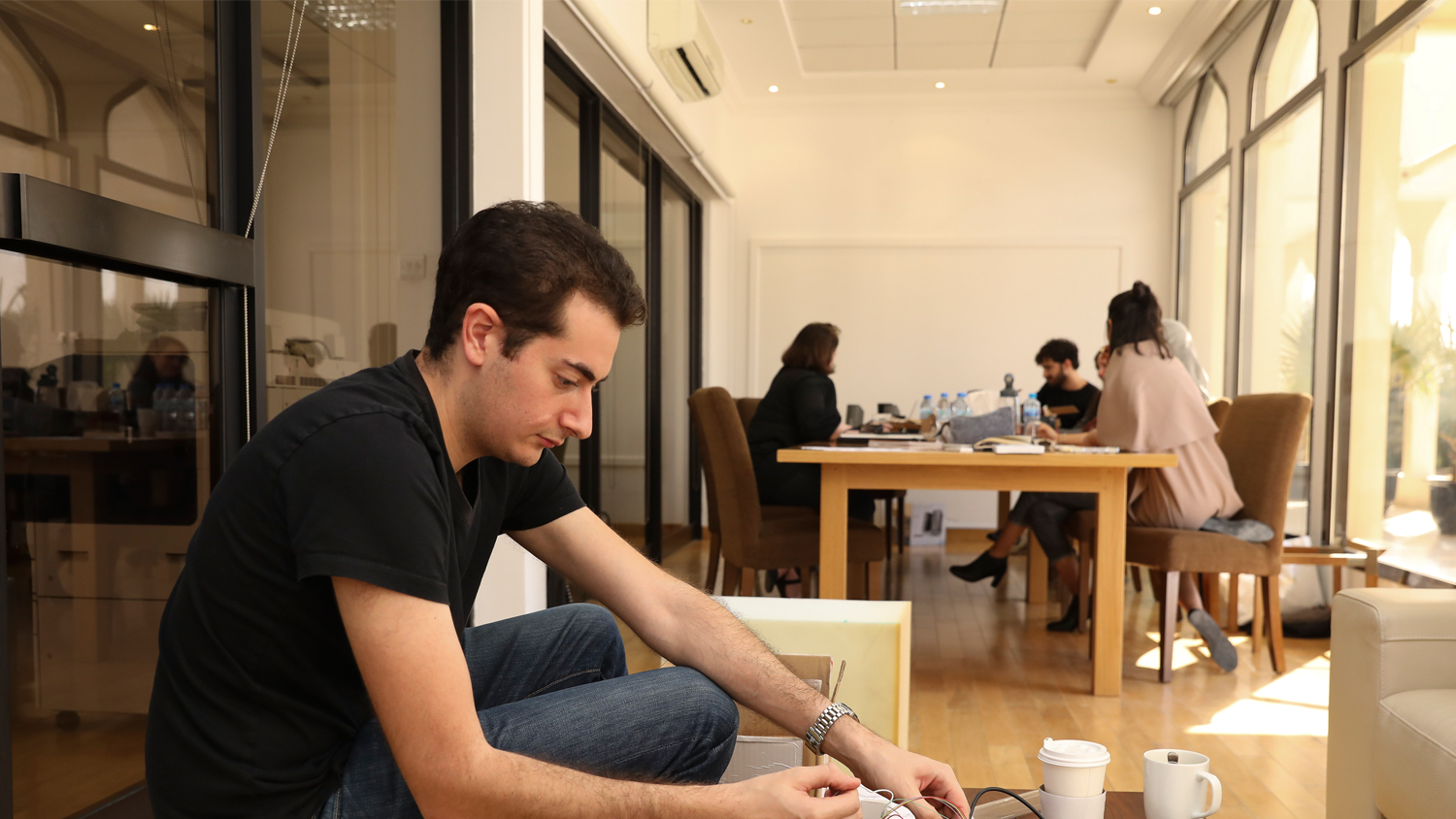
What materials and concepts have you explored and discovered whilst on the programme?
With many years of both hands-on and indirect contact with manufacturing products and custom items, I feel quite confident with conventional materials such as steel and wood. However, throughout the programme, my project has grown to include materials and areas of knowledge that I previously had very limited exposure to and low familiarity with.
I have taken on the challenge to learn and to create my piece using both glass and electronics. Personally, it was important to confront this challenge head on, allowing me to progress through the programme as a more capable, well-versed designer. I feel like I have expanded my repertoire and now have a toolkit that’s ready to take on bigger and bolder design projects.
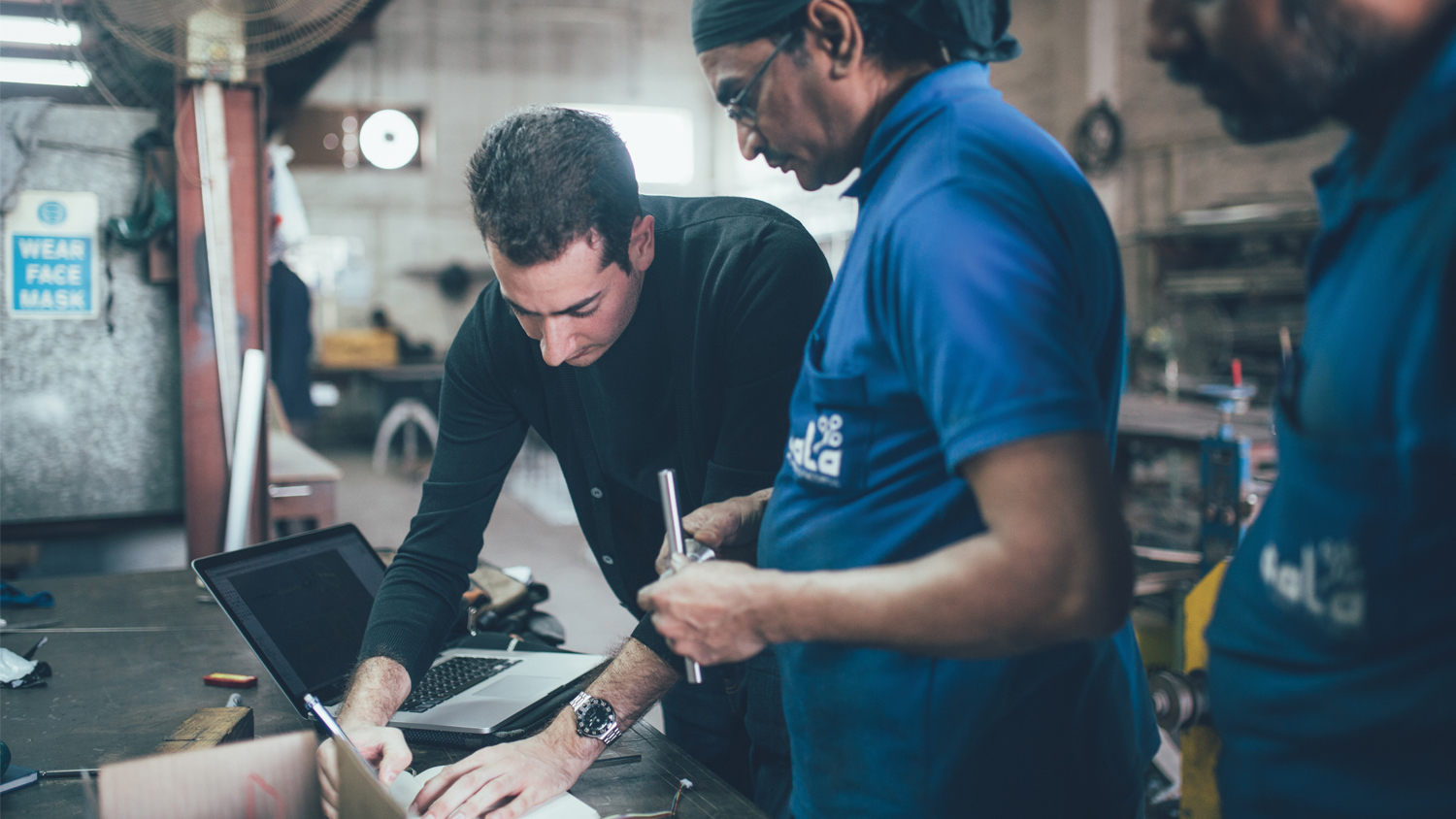
Who are you collaborating with on your project and what is nature of the collaboration?
My unfamiliarity with electronics pushed me to consult Amer Aldour, who graduated from the Tanween programme last year. I believe that this collaboration will result in a mutual trade of skills and expertise – I hope that I can also add value to his projects as he did with mine.
How have the labs and mentoring sessions influenced your process?
With every lab there was a turning point, some more significant than others, but a series of eureka moments nonetheless. A pivotal point in my process was towards the end of Gareth Neal’s visit; it was a moment of transformation – my product maintained its core concept but with a completely different form. This drastically upgraded the product and brought great clarity as I redefined the end user.
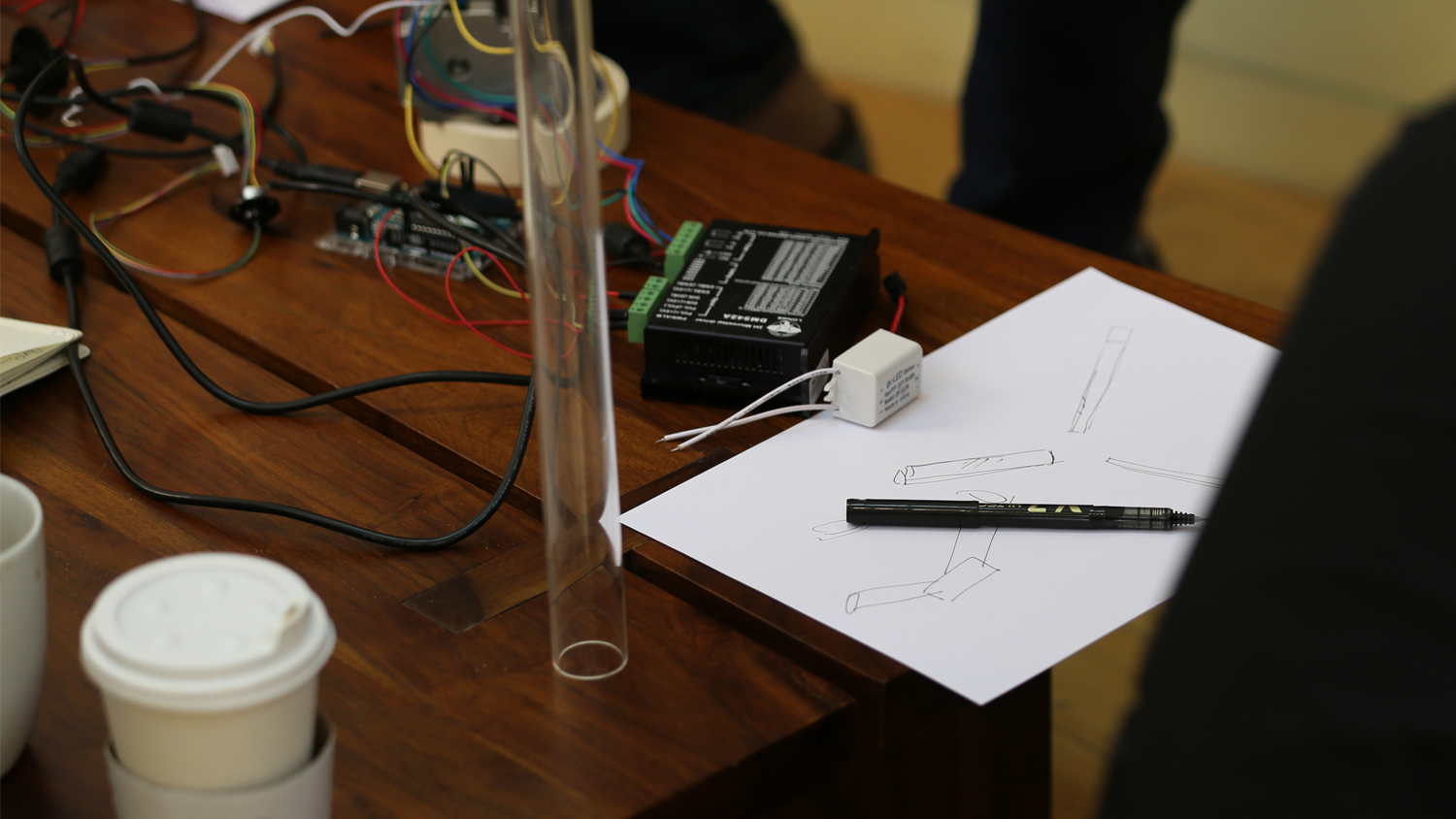
What have your challenges been so far?
For UAE-based designers, I believe the biggest challenge is the fact that local manufacturing is mainly oriented towards the construction industry. It’s frustrating and difficult to find a manufacturer excited enough to go out of their way to help with a project you are working on – especially if the project has limited scope for significant profut from their perspective. There are some manufacturers that are enthused and who do it out of love for their craft, however funding someone with that mindset who is also possessed of the quality to execute your vision is hard to come by.
As well as this, there is the dual challenge of suitability and appropriateness of skills and scope. Given that local manufacturing has been based on construction, industry skills have obviously been developed to suit that specific market. Making large, strong and heavy items is easy; creating small, delicate items cleanly is a much bigger challenge.
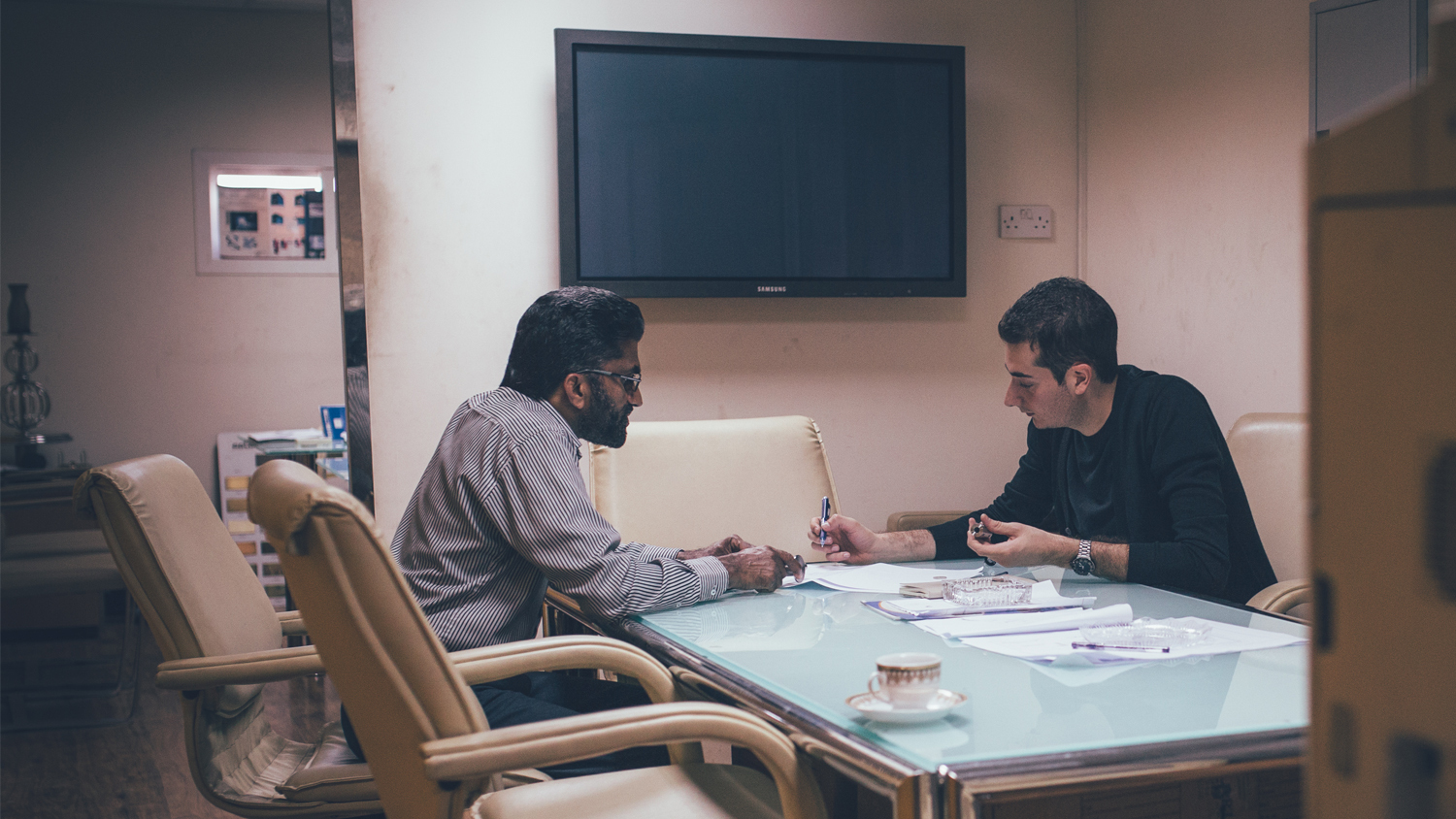
What do you hope to take away from this experience?
I’ll consider my Tanween experience a success if I
leave with deep and cemented relationships with my
programme peers – relationships that will hopefully
open long-term opportunities for collaboration. I
see these as strong alliances that make use of each
other’s strengths, with scope to further everyone’s
practice and careers.
I believe that the region is hungry and excited for home-grown design and production. There is a genuine buzz of excitement for local design. It is my aim and ambition to walk away from this experience having added something significant to the already deeply impressive array of work done by local designers and makers.
